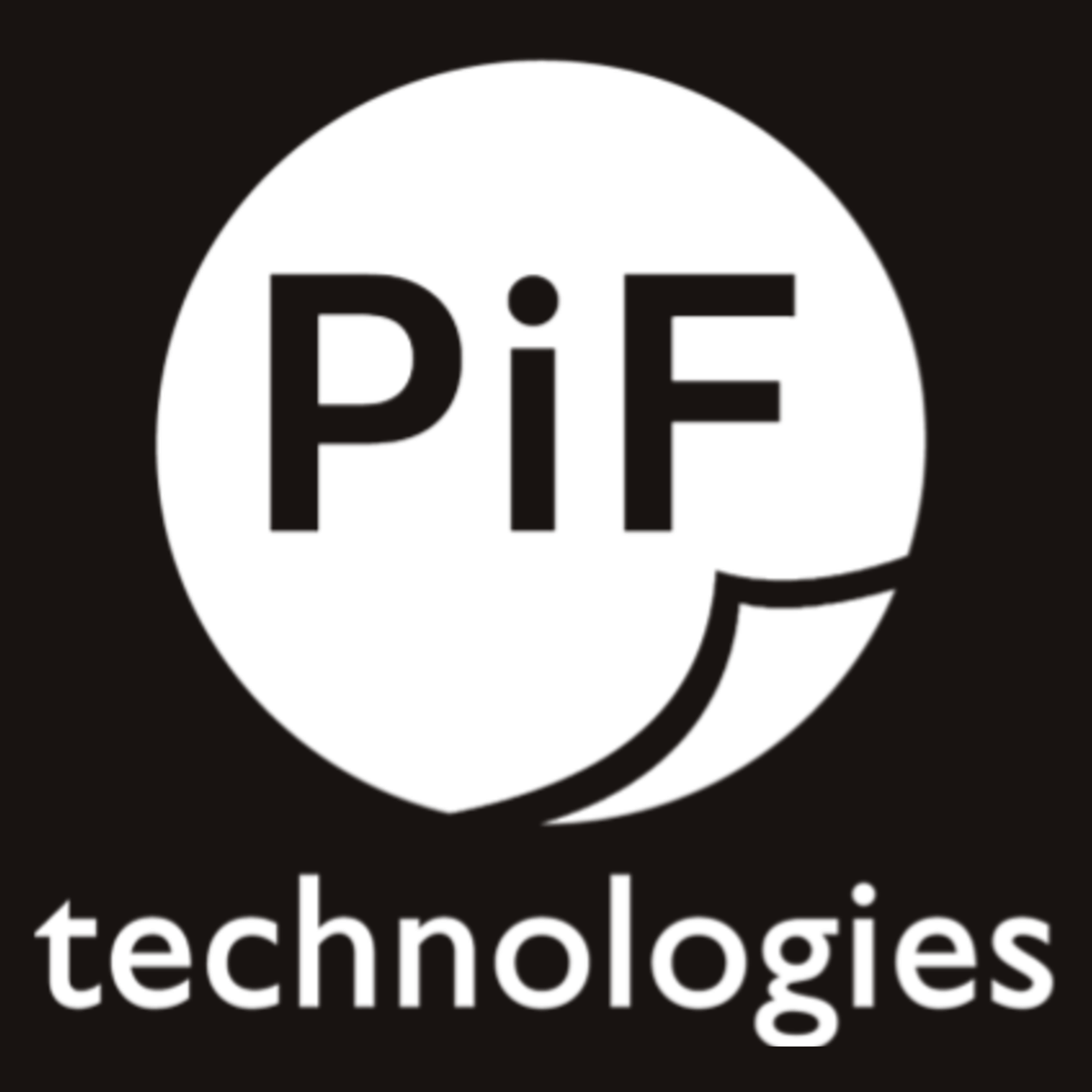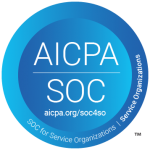It’s well known that Human Resources (HR), Finance, and Information Technology (IT) are crucial sectors within an organization, each playing a distinct yet interconnected role in its success. Most organizations could not complete their day-to-day operations without these departments and their collaboration.
These sectors work together closely to achieve common goals and objectives. HR collaborates with finance to manage payroll, benefits, and workforce planning, ensuring alignment between human capital investments and financial objectives. Additionally, HR and IT collaborate on initiatives such as implementing human resource information systems (HRIS) or digital learning platforms to enhance employee development and engagement.
Finance and IT collaborate on projects such as implementing financial management software or cybersecurity measures to protect financial data and systems from cyber threats. Furthermore, IT supports HR and finance by providing technology solutions that streamline processes, improve efficiency, and enhance decision-making capabilities through data analytics and business intelligence tools.
These sectors are interdependent and complementary, working together to optimize organizational performance, mitigate risks, and drive strategic growth. Collaboration and alignment between HR, finance, and IT are essential for fostering innovation, resilience, and competitive advantage in today’s dynamic business environment.
Human Resources
HR leadership takes employee data incredibly seriously. After all, this data contains information regarding salary, performance, and employee behavior, including information protected by HIPAA or other Personal Identifiable Information (PII). Because of this, typically, HR doesn’t want this information to be accessible by anyone other than pre-approved individuals; therefore, this data typically lives in silos. Human Resources is also a highly regulated arm of the organization, and decisions are often made based on regulatory and compliance rules, which contributes to the creation of siloed data repositories. When data moves between systems, there are concerns that these silos will be broken down, therefore putting said data at risk.
Human Resources is also challenged with managing multiple technical tools. This can lead to complexities within the siloed data, particularly regarding accuracy and accessibility. If employee information is held in multiple different systems, there’s a possibility that due to tools not integrating well, the data varies across systems utilized. Because HR is tasked with managing these multiple systems, there’s a risk of disorganization and lack of ownership that can become challenging over time.
Finance
Financial leadership within any organization is tasked with the key objective of maintaining financial stability for the business. By effectively managing cash flow, liquidity, and profitability and developing strategies for sustainable growth, financial leaders ensure the long-term health and prosperity of the organization. Tasks under this umbrella are driving out Operating Expenses, costs incurred to maintain day-to-day operations, and limiting Capital Expenditure, expenses incurred to acquire tangible assets used over an extended period.
As these expenses ebb and flow, financial leadership must be mindful of what’s being spent within the organization and identify ways to limit or eliminate unnecessary expenditures. One way to do this is to reduce the technology stack used by the organization.
Organizations rely upon their Enterprise Resource Planning (ERP) system to manage daily business activities within accounting, finance, procurement, and other tasks. Ensuring that these systems are integrated with other software and technology and that data seamlessly moves between them is key for maintaining organizational visibility and communication.
Information Technology
Information technology (IT) leaders typically have several key goals and values, including driving innovation, ensuring security, and optimizing infrastructure. IT leaders aim to leverage technology to drive business innovation and create value. They seek to identify opportunities for technological advancements that can improve processes, products, and services, ultimately enhancing the organization’s competitiveness and growth potential.
Information security is a top priority for IT leaders. They strive to protect the organization’s data, systems, and networks from cyber threats, breaches, and unauthorized access. By implementing robust cybersecurity measures and protocols, they safeguard sensitive information and maintain the trust of customers, partners, and stakeholders. For example, they closely manage approved programs and practices to prevent sensitive data from being exposed to unauthorized parties. Still, because so many software programs are utilized, there can be gaps in this oversight.
IT leaders also optimize the organization’s infrastructure, including hardware, software, networks, and Cloud services. They aim to ensure scalability, reliability, and performance to support the organization’s current needs and future growth objectives. They seek to modernize or consolidate legacy systems, adopt emerging technologies, and enable digital capabilities that enhance the business’s operations.
How can consolidating and investing in the right technology support the needs of these departments?
Finance and IT want to eliminate redundant, siloed tools, and Human Resources wants to protect their siloed data. What can organizations do to ensure these departments communicate and receive the support they need? Technology consolidation.
What is technology consolidation?
Technology consolidation refers to streamlining and integrating various systems, applications, and infrastructure within an organization. Instead of managing multiple disparate systems, technology consolidation involves rationalizing and centralizing technology resources to improve efficiency, reduce complexity, and enhance collaboration across departments.
This can be especially true regarding Microsoft 365, specifically SharePoint. Many organizations already utilize the Microsoft suite within their existing office infrastructure, and these organizations can use plugin extensions rather than a completely new solution to enhance their SharePoint solution. With the help of Encodian’s solution suite of plugin SharePoint integrations, PiF Technologies can help your organization enhance the technology you already have. These plugins supercharge SharePoint without moving, changing, or losing data governance from your existing Microsoft 365 system.
How can it address the unique needs of Finance, IT, and HR?
Primarily, there’s a clear benefit for all employees and departments to consolidate technology and utilize existing systems. When you focus on better utilization of Microsoft 365 rather than investing in a new system, there’s no need for the learning curve often associated with implementing new technology.
For IT, consolidation offers the benefit of securing data through centralized management and standardized security protocols. By consolidating systems and infrastructure, IT can implement robust cybersecurity measures to safeguard sensitive information, ensuring data integrity and compliance with regulatory requirements.
Within Finance, consolidation presents an opportunity to reduce Capital and Operational Expenditures. By streamlining technology resources and eliminating redundant systems, Finance can save costs by minimizing hardware and software expenses, optimizing licensing agreements, and reducing maintenance and support costs. They also benefit from utilizing a system that integrates directly with Microsoft Business Central, meaning their data is consistent across solutions.
Human Resources, with their specific concerns regarding employee data, also benefits from technology consolidation. HR can enhance data security and privacy by centralizing data management and implementing standardized data governance practices, which is possible with an enhanced SharePoint system. Mitigating the risk of unauthorized access or breaches that could compromise sensitive employee data is possible with custom rules for what is accessible and by whom.
Overall, technology consolidation aligns with the objectives of IT, Finance, and HR departments by addressing their respective needs for secure data management, cost reduction, and employee information protection.
By capitalizing on Microsoft 365’s existing familiarity and infrastructure and eliminating disparate systems, organizations can achieve operational efficiency, cost savings, and security and collaboration. Encodian offers continuous advancements, and PiF has the capability to implement its solutions with Microsoft 365. By enhancing their platform instead of opting for a new system, organizations can overcome user adoption hurdles, lower expenses, and alleviate strain on IT resources.
For further information regarding our SharePoint integrations, fill out the form below, and we’ll reach out.








